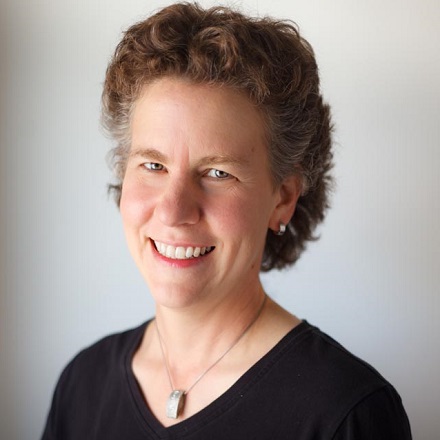
In the News
Oxnard Community Project Tracks Effects of Climate Change on Residents, Farmworkers
- Ventura County Star
-
Focus Areas
Environmental Health, Healthy Communities -
Issues
Rural Health -
Expertise
Health Education & Promotion, Technical Assistance -
Programs
Achieving Resilient Communities (ARC)

Community groups have installed heat sensors around Oxnard as part of a research project to track how climate change is affecting the city and the health of its residents, particularly farmworkers.
The nonprofit Public Health Institute of Oakland launched the pilot program in Ventura County last year as part of an initiative to increase climate change resilience in vulnerable communities throughout California.
The institute found Ventura County faces a disproportionately higher risk of catastrophic wildfires, extreme heat and sea-level rise than other areas of the state. In some areas of the county, more than 1 in 10 of those over the age of 16 work outdoors, making them particularly exposed to the changing climate.
The researchers set up focus groups of community members to gain insights and learned that heat is the most immediate concern.
“Heat kills more people than any other climate-related factor, including floods, hurricanes and even fires,” said Dr. Gina Solomon, project director and a clinical professor of medicine at UC San Francisco.
As the project leader, Solomon is collaborating with the Central Coast Alliance United for a Sustainable Economy (CAUSE), Lideres Campesinas, the Mixteco/Indigena Community Organizing Project and other community groups.
While the hottest areas tend to be inland, the epicenter of heat-related illnesses may be harder to predict. During a deadly California heatwave in 2006, researchers found a bigger increase in emergency room visits and hospitalizations in coastal counties.
One reason may be the lack of air conditioning in coastal communities. But, also, people living in hotter communities may be more aware of the danger and their bodies get acclimated to the heat.

Your body undergoes some physiologic changes in the summer to be better equipped to deal with the heat. You really need to take those signs seriously. If you get those early symptoms and ignore them, you could become extremely ill.Gina Solomon
Former director of PHI’s Achieving Resilient Communities (ARC) and PHI’s Science for Toxic Exposure Prevention
Yesenia Gonzalez, one of the project’s interns, helped plan the routes for mobile heat monitoring by vehicle. She has heard about workers fainting in the heat and witnessed her own mom coming home feeling nauseous at the end of her workday in the fields, she said. To protect themselves from the sun and pesticides, her mother and other field workers wear layers of clothing, which can make the heat feel like a sauna, she said.
“I think this project is so important because we’re focusing and targeting areas where farmworkers congregate and where they work,” said Gonzalez, who graduated from Pacifica High School and will start at Oxnard College in the fall. “A lot of the time, farmworkers aren’t really appreciated as much, even though they help feed this country,” she said. “I think it is so important to talk about this.”
Click below to read the full story in the Ventura County star (subscription required).
Originally published by Ventura County Star
More Updates
Work With Us
You change the world. We do the rest. Explore fiscal sponsorship at PHI.
Support Us
Together, we can accelerate our response to public health’s most critical issues.
Find Employment
Begin your career at the Public Health Institute.



